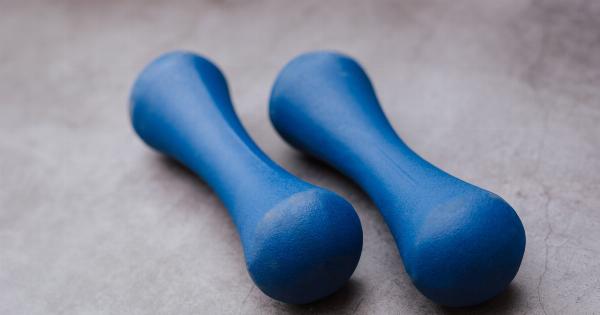Gout is a form of arthritis caused by a build-up of uric acid crystals in the joints. It primarily affects men but does affect women as well. Women are typically diagnosed with gout later in life than men, and their symptoms are often less severe.
Gout treatment outcomes can differ based on gender, and there are several factors to consider when treating gout in women versus men.
Gender Differences in Gout Diagnosis
Men are more likely to develop gout at a younger age, typically in their 30s or 40s. Women tend to develop gout later in life, typically after menopause. The age of onset can impact treatment outcomes, as gout in women is often not diagnosed until they are older, making it more difficult to manage.
Women are also less likely to be diagnosed with gout in the first place, as their symptoms can be less severe than those experienced by men. This can result in delayed treatment and more severe symptoms later on.
Impact of Hormones on Gout Treatment Outcomes
The differences in gout between men and women are partially due to hormones. Estrogen can help to lower uric acid levels in women, making it less likely that they will develop gout.
However, after menopause, estrogen levels drop, making women more susceptible to developing gout later in life. In men, testosterone can increase uric acid levels, which can lead to the development of gout. This also contributes to the earlier onset of gout in men compared to women.
Hormone replacement therapy may be used to help manage gout in women after menopause.
Impact of Body Composition on Gout Treatment Outcomes
Body composition can also impact gout treatment outcomes. Men tend to have more muscle mass and larger bodies than women, which can lead to increased uric acid production. This can make gout symptoms more severe in men.
Additionally, women are more likely to be overweight or obese, which can increase the risk of developing gout and make it more difficult to manage symptoms. A healthy diet and exercise can help to manage gout in both men and women, with an emphasis on maintaining a healthy weight.
Treatment Differences for Women and Men
Gout treatment is similar for men and women, but there may be some differences in the dosages of medications that are prescribed. Women are generally given lower doses of allopurinol, a drug commonly used to treat gout.
This is because women are more likely to experience side effects from allopurinol, such as skin rashes. Women may also be more likely to be prescribed medications to help manage the pain associated with gout, as their symptoms can be more severe.
Conclusion
Gout treatment outcomes can differ based on gender, with men being more likely to develop gout at a younger age and experience more severe symptoms. Women tend to develop gout later in life, and their symptoms can be less severe.
Hormones and body composition can also impact gout treatment outcomes. Treatment for women and men is generally the same, but there may be some differences in medication dosages and pain management strategies.





























